What are your plans for your buy-to-let business next year? Buying your first rental property? Upgrading your portfolio? Or expanding into new parts of the lettings market?

Keeping up to date with market trends is the cornerstone of any successful business and being a landlord is no exception. By offering homes that offer a comfortable and modern lifestyle, you’ll continually attract high-quality tenants and market-leading rents.
Some of next year’s trends began life in city centres and are spreading further out, while others reflect evolving home life: flexible, sociable and economical are the buzzwords for next year! Climate consciousness, energy bills and outside space are among the biggest concerns of tenants, while new business models are creating more profitable returns for landlords. So, let’s take a look at where the lettings market is going so you can plan your buy-to-let strategy for 2022.
GARDENS & OUTSIDE SPACE
The garden took on many new roles during Lockdown, with additional duties of pub, cafe, coffee shop, park, gym and even office. Searches on the property portals became more focussed than ever before on homes with some sort of outside space, and there’s no sign of that changing.

A Rightmove study found gardens topped the list of tenant ‘must haves’, with 49% saying they valued outdoor space above all else. If you’re looking to begin or expand your portfolio, don’t underestimate the draw of a garden or balcony.
Tenants expect to buy their own outdoor furniture, but consider these qualities for an outside space that gives year-round enjoyment:
- Attractive and easy to care for
- Decking, patios and simple planting
- Exterior lighting
- Outdoor heating - an infrared heater is an inexpensive touch of luxury
- Privacy - even a trellis on top of a wall or fence can make all the difference
Remember that a garden doesn’t have to be huge to be popular. Families will generally look for a lawn and space for children to play, but single renters, couples and sharers tend to prioritise the minimal maintenance of patios and balconies.
WORKING FROM HOME
A recent BBC survey said 79% of business leaders and 70% of the public thought that working from home would continue in some form.
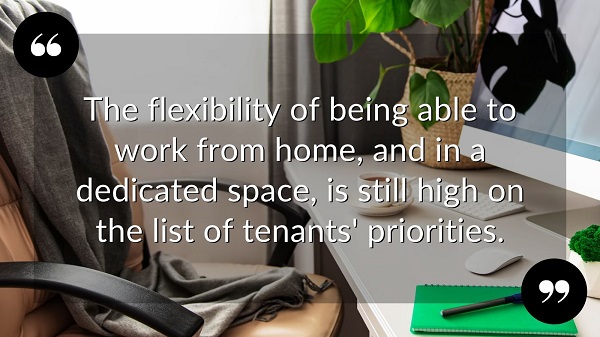
The pandemic has shown that people don’t necessarily need to fit their lives around their work anymore. Many are seizing the opportunity for change: some by going self-employed, others through flexible working that mixes days at the office with days at home.
This means that single bedrooms have found a new life and audience. Historically landlords looked for two double bedrooms to attract sharers, but one double and one single bedroom is the perfect solution for couples or singles who need a dedicated workspace at home.
Of course, some people simply need a place to sit with a laptop that isn’t the sofa or bed. Aside from dining tables and breakfast bars doubling up on duties, we see small desks appearing in bay windows, alcoves, under stairs and on landings as people create unintrusive work corners.
Are you unsure where a home workspace would fit in your buy-to-let? We can help you identify suitable locations to show potential tenants how well your property works for their lifestyle.
ENERGY EFFICIENCY
Two of the biggest news stories right now are climate change and rising utility bills. It’s a double whammy that’s causing everyone to look even harder at their energy consumption, for both the cost to the planet and their bank balance.

Tenants are asking more and more about running costs when we’re out on viewings with them, which makes the energy efficiency of your buy-to-let an important factor in its rentability. Government legislation is also set to tighten even further. Not all energy improvements are expensive or require major work, and you can start with simple solutions like:
- low-cost flow restrictors to taps and toilets to cut water consumption
- room and radiator thermostats to optimise heating use
- insulation of the hot water tank
- draft excluders over letterboxes and around doors to reduce heat loss
- appliances with an eco function (be sure to ask your agent to point them out)
Older homes tend to be less energy efficient, so if you have drafty single glazed windows or zero insulation, talk to your managing agent about a timetable for bringing them up to date and keeping your property in demand.
CO-LIVING
If you’ve not heard of co-living, think of it as a deluxe version of HMOs and multi-lets. It’s become big in purpose-built apartment buildings from corporate landlords, but there’s nothing to stop private landlords from increasing their income by offering something similar in houses.

Tenants already share, but co-living gives them a more coordinated experience around their outgoings, home life and how a property is run. Think:
- weekly cleaning
- bills included
- a focus on design-led specification
- smart TVs and desks in each bedroom
- comfortable & sociable living spaces with high-quality furniture
- additional shared bathrooms or en-suites
With its upgraded fittings and enhanced lifestyle, co-living has shown that busy professionals will pay extra for sharing with like-minded people who value a well-managed and stylish place to live.
BUILD TO RENT
If you’re looking to scale your buy-to-let business, have you considered building to rent (BTR)?
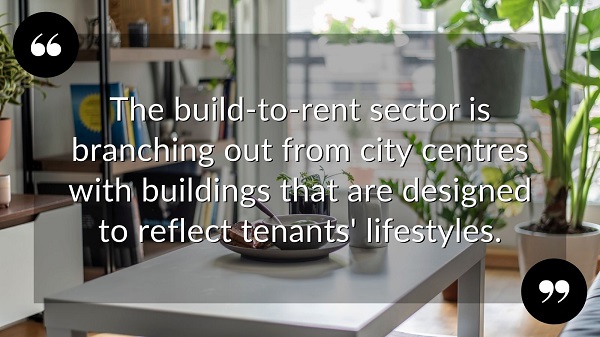
As the tax liabilities for lettings have increased, landlords with a long-term view are exploring more profitable models. The cost of building a property is less than its full market value, and Stamp Duty is only payable on the price of the land rather than on each home. All of that can quickly deliver savings of many tens of thousands of pounds.
Most new-build homes are built around owner-occupiers who prefer private spaces, but tenants appreciate shared amenities like communal terraces, co-working areas and social events. The idea is to create a place where tenants feel part of a permanent and dedicated rental community – somewhere they cherish and want to stay for the longer term, even moving within the building as their lifestyle changes.
Building to rent also gives you more control over maintenance and repairs. When you own the building and all the apartments within it, you can simply get on with works without needing to wait on the owners of each home for consent or access.
Final words
By keeping on top of market trends and evolving lifestyles, buying-to-let can still be a profitable business both now and long into the future.
If you’re a landlord in the Wilton/Salisbury area and you’re looking for a letting or managing agent to help you optimise your lettings portfolio, why not get in touch? Call us on 01722 580059 or message us at info@piccoloproperty.co.uk for an expert and friendly chat.

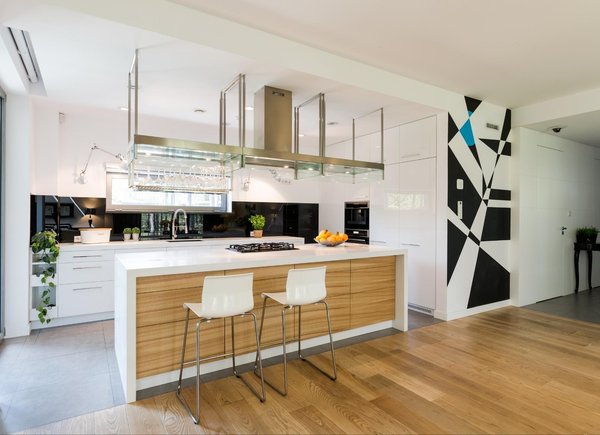
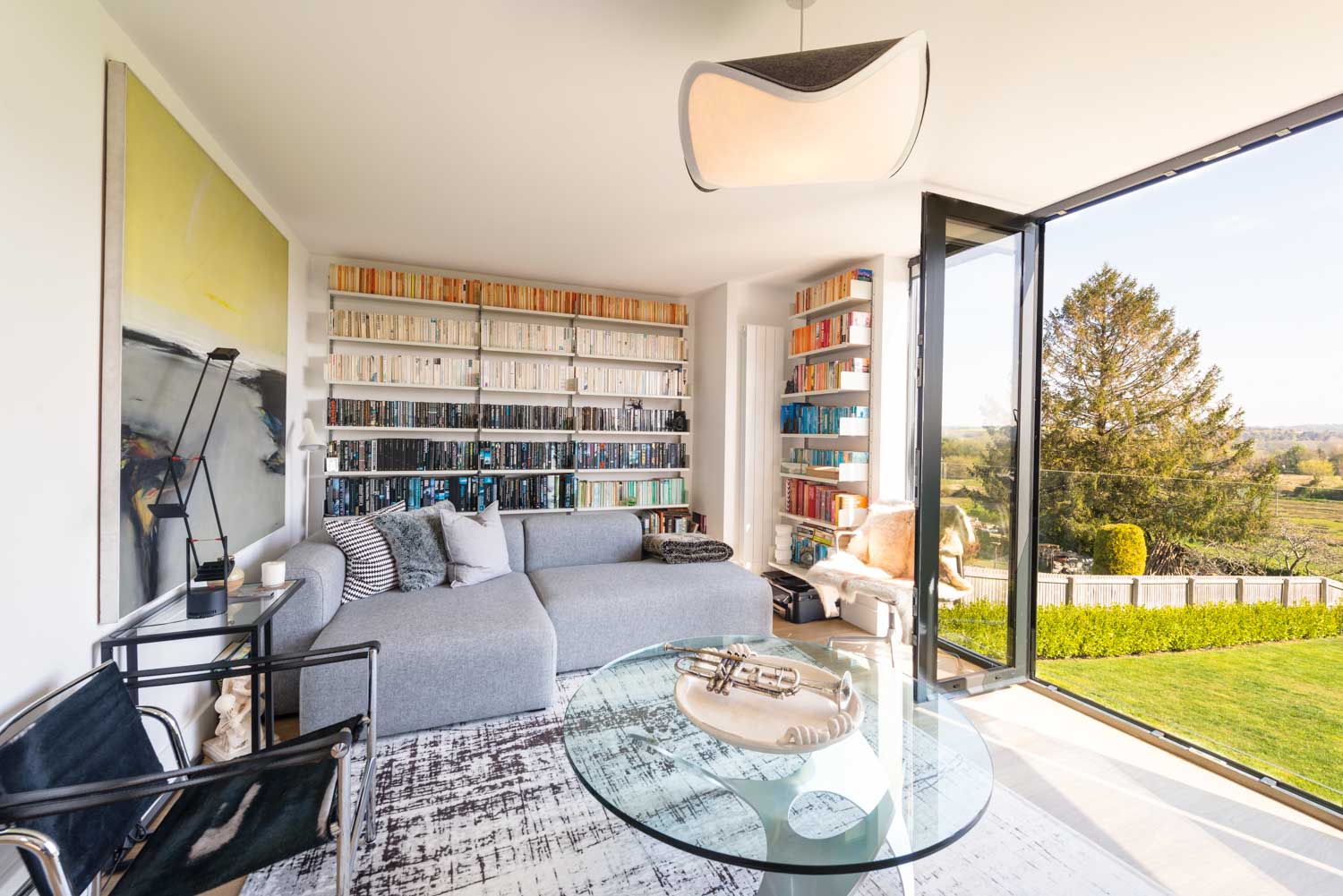
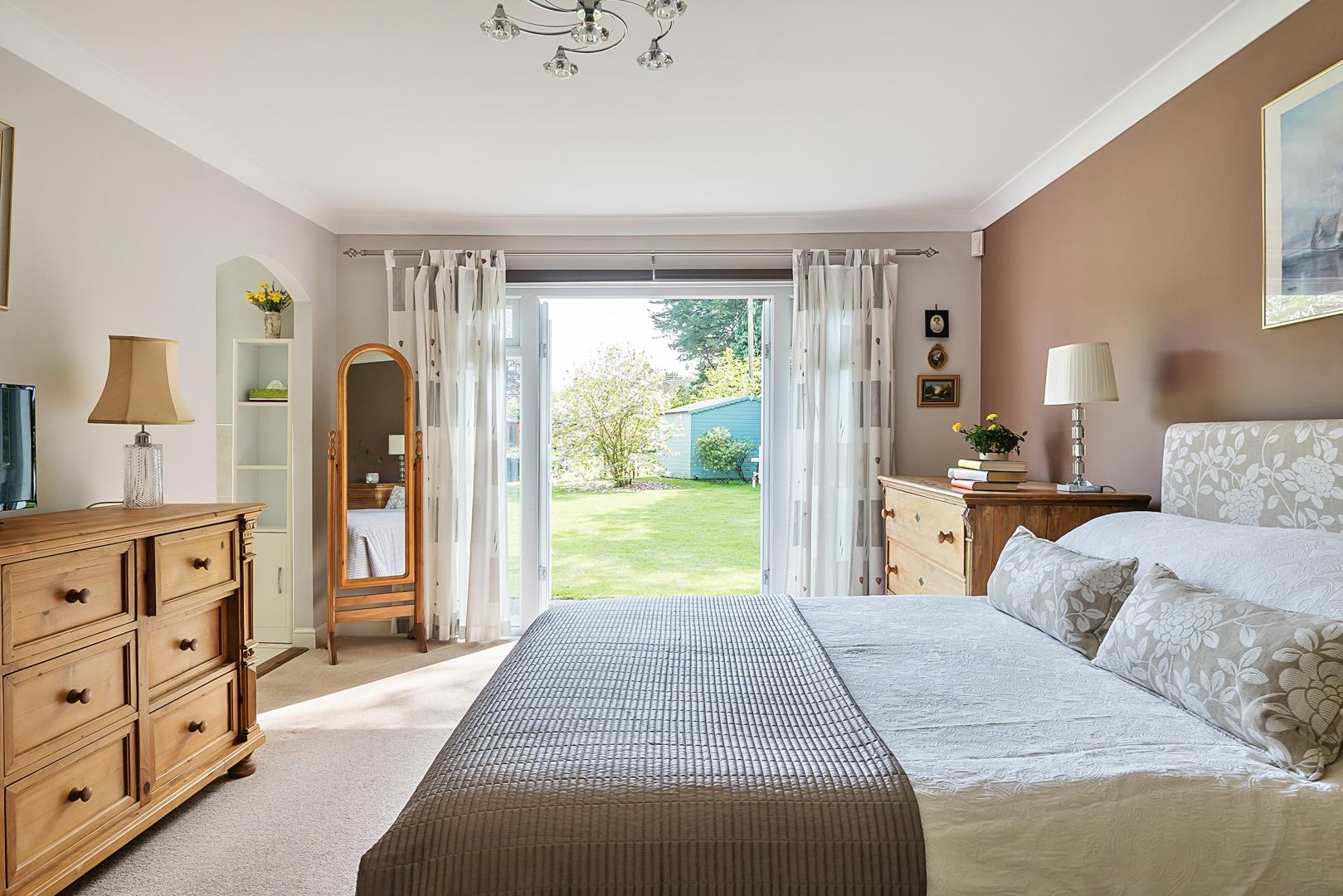
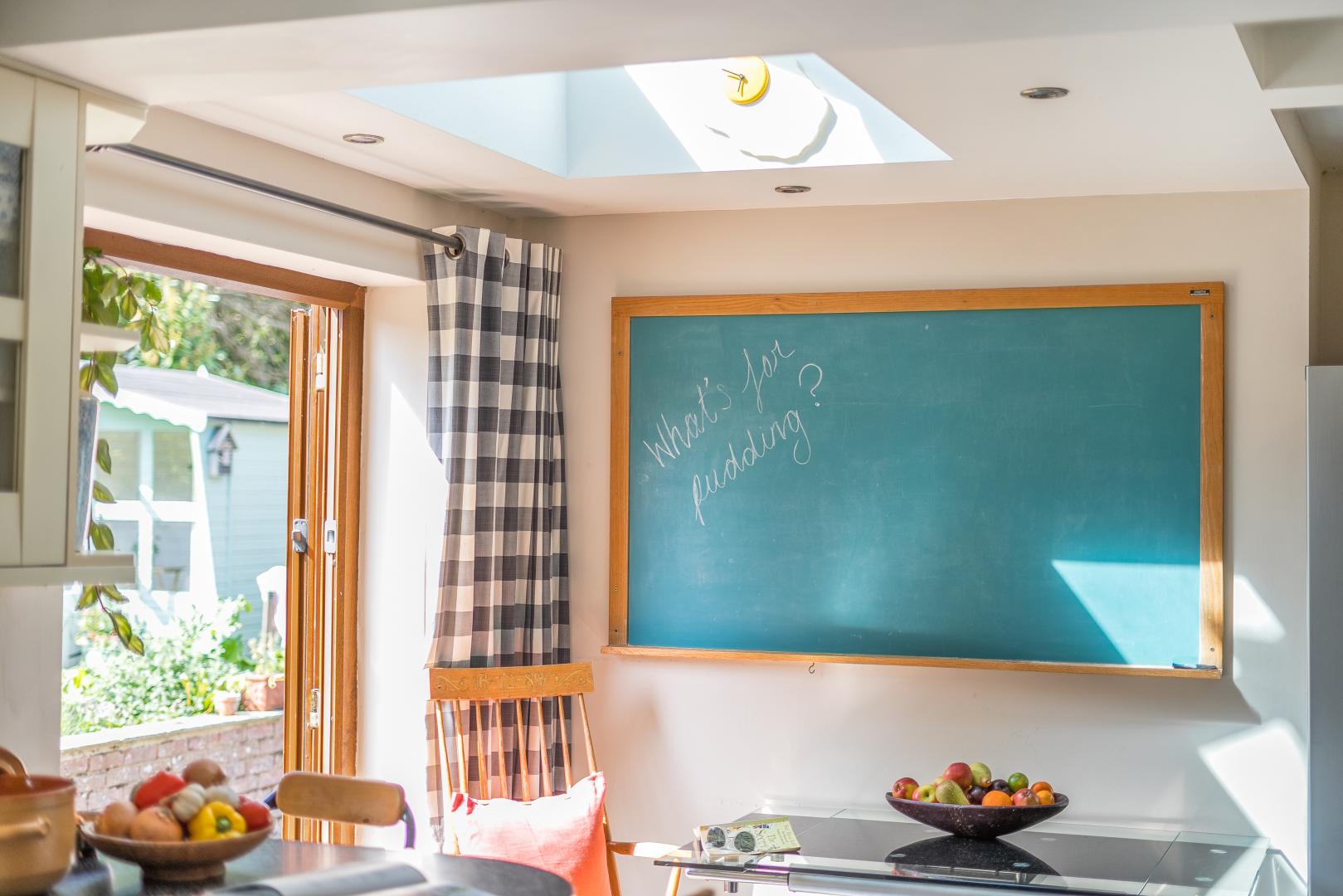

Share this with
Email
Facebook
Messenger
Twitter
Pinterest
LinkedIn
Copy this link